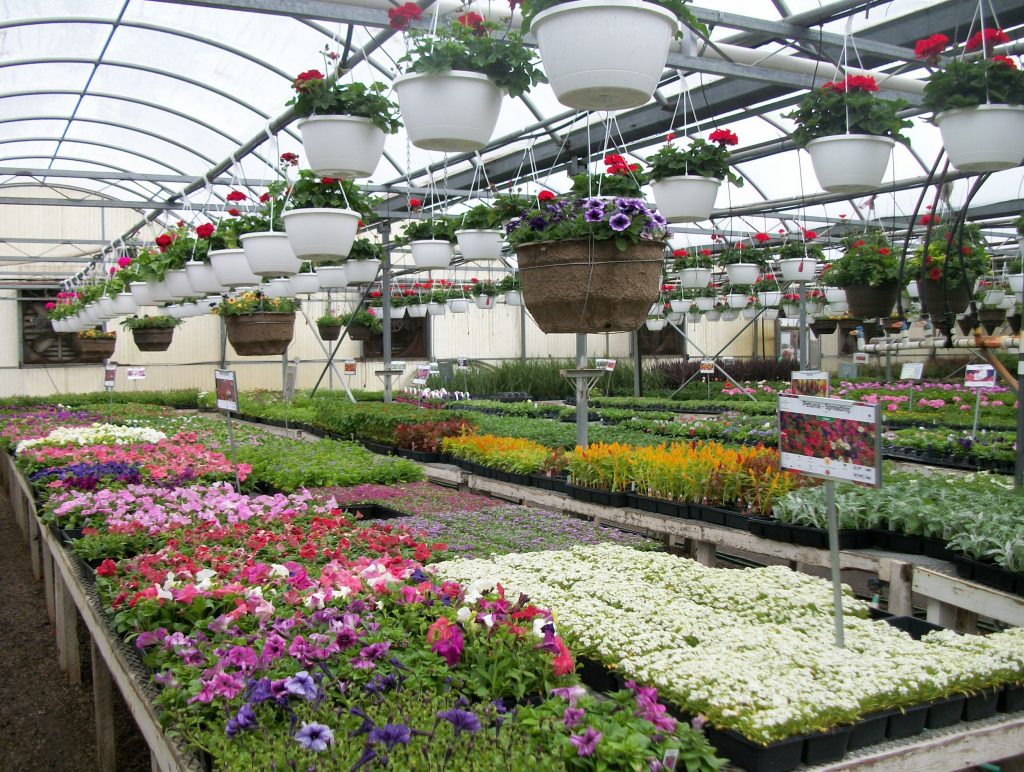It’s Still Just Dirt, The Tillsonburg News – May 2020
by Angela Lassam
At last we have arrived at the point where we can sow seeds and put plants directly in our gardens. Many new gardeners have already grown some seeds indoors and now is the time to watch them thrive outside in the sunshine. It is a busy time for all gardeners but for people new to gardening it is another world of unknown. Last month it was all indoors but now everything moves outside. Thankfully nurseries and garden centres are open with many plants and staff willing to give any advice needed. Support for local businesses is vital for the community during these uncertain times.

I wanted to write the simplest way to help new gardeners so that they are not overwhelmed by the task but can enjoy the journey of the season. True gardeners already know all the following so please think of all those that have never had the time or inclination to learn before.
Many new gardeners are doing raised beds as a starting point but there is very little difference to growing directly in the ground. The soil has to be tilled or prepared for the seeds where you plan to have your vegetables. Weeds that have popped up as the weather has warmed up need to be removed. If you have a plan already, now is the time to collect everything you need to get started. You will need your seed packets and markers for the rows, a line of string or a stick the length of your raised bed if that is where your garden will be and a hoe and rake to complete the task. Remember to have water nearby, a watering can or hose pipe is needed for the future as well as to settle the soil after planting.
Starting with your layout and seeds, check the packet instructions for depth and spacing. Mark a line in the soil and follow instructions for placing the seeds. Set a marker at both ends of the row and fill in with a rake. Continue with all seeds. Remember to plant only half of a row now and leave space for a later planting. This is essential to get fresh vegetables all season. Carrots, peas, beans and lettuce are the vegetables that people try first. Peas will need a fence or netting to grow up and it is easier to do this now. Pole beans will need a form of support as they grow. Planting in a circle and doing a teepee of canes or sticks over them is an easy way. Squash need a lot of space and can be trained to grow up a piece of wire netting with framework set on an angle.
Next after buying popular plants like tomatoes, peppers, cucumber and zucchini from any nursery or garden centre dig a small hole and water the hole. Take the plant and soften the bottom where the roots may be hard and place in the hole replacing soil round it. Gently firm the soil and water again. Put a tomato cage over the plant or use a stick for support. You can mulch between rows to keep weeds out but it is as good to hoe between the rows to kill the weeds. At that time you can see any problems with your vegetables and take out diseased plants or thin out to allow better growth. You need to water as the soil dries especially after planting new seeds later in the season.
Remember to buy some herbs and annual flowers to keep pests and insects away and to encourage bees for pollination. Basil planted by your tomatoes will add some sweetness and marigolds will deter insects. Alyssum is another popular flower to add as bugs do not like its smell. Tomatoes will not do well near beans and need lots of space so remember to allow for growth when planting.
Gardening is a great hobby, it feeds both body and soul so go outside and start your garden. Then enjoy the food that you have produced and experience the better flavours. There is great satisfaction to be able to do this and an added bonus to be able to show children where some of our food comes from.
Due to the Coronavirus Covid19 all Tillsonburg Horticultural Society activities have been cancelled until further notice. Further updates can be found on the website www.tillsonburghorticultural.ca and on Facebook – Tillsonburghorticultural.